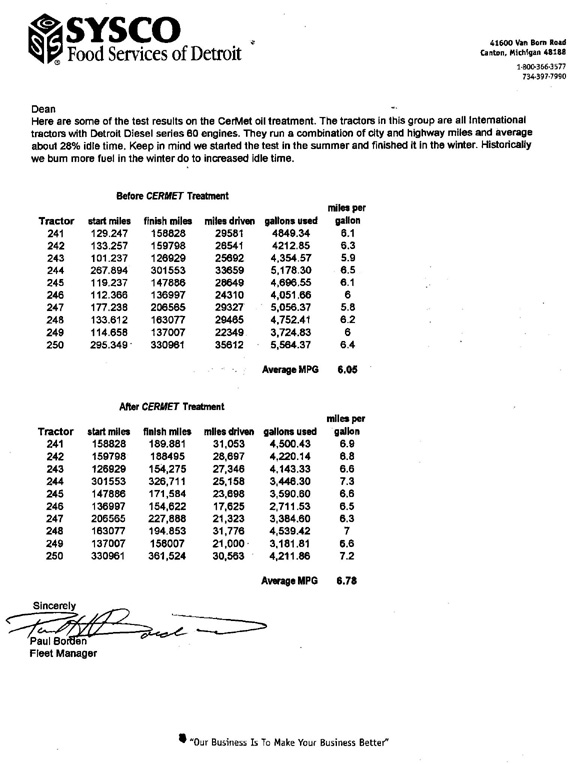Rising fuel costs are driving companies and organizations to seek out approaches to improve efficiency. For existing buildings, for example,
one can increase insulation and reduce heating and cooling bills. Machines and production platforms might be optimized in a number of ways to
gain improvements.
The concept of the energy balance is a useful way to consider energy utilization in machines. Basically, if you put 100 units of energy into a
process, you would like to receive 100 units back out as useful work. That would be 100 % efficient but this is hard to achieve
because of various losses. Energy is always conserved in the macro world, so, if only a portion of energy out is useful, then
the balance of un-useful might be addressed.
Much of the output losses are due to friction, or metal pairing losses. When metal pieces rub against one another friction
between those pieces contributes to heat and sound losses and, by wearing down the pieces, tolerances are expanded and
performance is lost. Lubricants are one answer as are improved surface coatings. If machines are already in use, the coatings idea
is not economical since disassembly labor and downtime are required. Lubricants have been the traditional answer but they get
tired and contaminated and, over time, rubbing surfaces ultimately wear out, regardless.
Is there a better way to address friction?
Yes, there is, thanks to some observations and technical developments started in the Soviet Union. The observations were that,
while deep drilling for oil, drill bit surfaces stopped wearing and actually appeared to rebuild under certain conditions. Those conditions
were a combination of crystalline elements and the friction energy caused by the drill bits. Scientists were able to reproduce those
circumstances and synthesize a product deliverable that similarly can rebuild surfaces of any metal rubbing pieces. Under these circumstances,
friction, instead of causing waste of material and energy, becomes the enabler for improvement.
It is sort of like the automatic gun analogy,
where, the undesireable wasted recoil energy of an exploding shell was utilized to automatically load the next cartridge.
The product, patented and trademarked as CerMet, using friction as a catalyst, performs at the near
atomic level to revitalize surfaces with a ceramic-metal edge. Irregularities,
when the metal has yet to be used (new break-in period), or after the fact, are rebuilt to a smoother surface with closer clearances. The upshot
is clear - friction is reduced, heat and sound energy losses are reduced and efficiency is improved. When efficiency is improved, the amount
of useful output we receive is better per unit of input. This means we get better utilization from input energy, which for an engine, would be
less fuel used per unit output i.e. better MPG.
The Proof
The Cermet product has undergone years of use and is commercially available. Numerous test cases have been recorded and the
results are available by reference and on the Cermet website. These are not testimonials. They are "before and after" test cases
which show definitive improvements in machine efficiency. Below is the result on one such case done by Sysco Foods Detroit where the improvement
in MPG was 11 %. That's a lot of fuel money saved over a multi year period for a fleet of trucks. Using the savings versus the product costs
yields extremely short paybacks and high ROIs.
Many executives want to know first hand what improvements can be expected, particularly if they feel their environment or
circumstances are different than others. As a regional dealer for the Cermet product, The Energy Advisor would welcome the opportunity
to set up the test case environment with you. Simply email to: Information on Cermet Technology.
